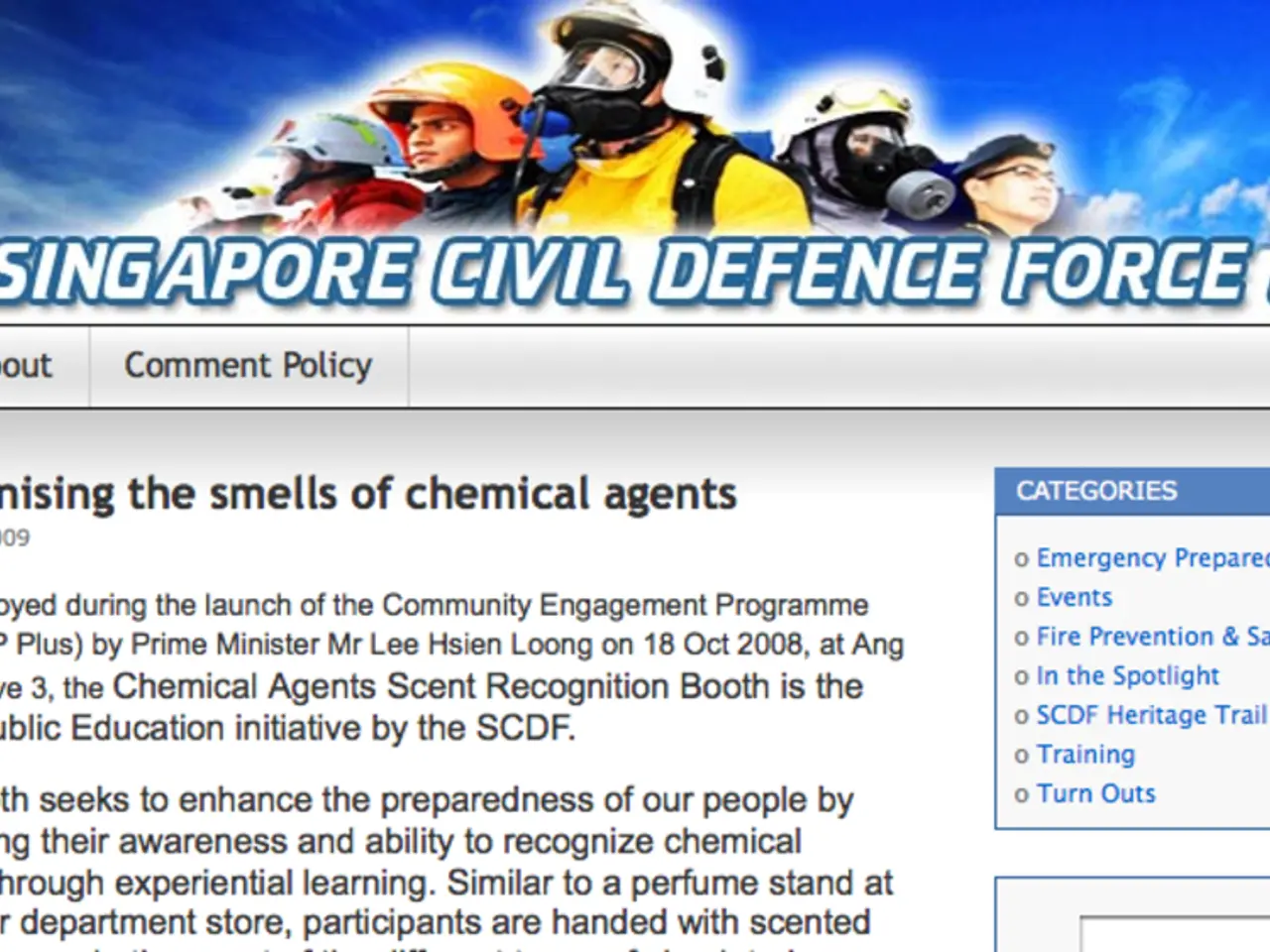Streamlining Task Prioritization: Efficient Project Management Using the MoSCoW Method
In a bid to revamp the marketing website and reflect new products and messaging, as assigned by the Marketing Team Lead, the content team is employing the MoSCoW prioritization method. This technique, used in project management to organize tasks based on their priority and urgency, ensures that the team works on what matters first, especially in projects with tight deadlines or budget constraints.
The acronym "MoSCoW" stands for: M - Must-haves, S - Should-haves, C - Could-haves, W - Won't-haves. For this project, the Must-haves (M) include updating the homepage, product feature page, and blog posts. The Should-haves (S) for the project include creating visual content and sourcing testimonials. The Could-haves (C) for the project include putting out an email newsletter and updating support pages. The Won't-haves (W) for the project include creating case studies and creating videos.
The MoSCoW method provides a clear framework for project managers to communicate and align on task prioritization. It helps teams make informed decisions when faced with time, budget, or resource limitations. For instance, the Could-haves and Won't-haves can be added to a backlog of work to address later.
Implementing MoSCoW prioritization requires defining project expectations, identifying stakeholders, listing out tasks, categorizing tasks using the MoSCoW method, prioritizing within each category, and monitoring and adjusting as needed. To aid in this process, several tools can be utilised. These include workforce management tools (Hubstaff, ADP), project management software (Asana, Monday.com), collaboration tools (Slack, Microsoft Teams), visualization tools (Miro, Lucidchart), and more.
The MoSCoW method arose as a popular element of DSDM, an Agile project management method. Today, it has grown beyond its connection to DSDM and is used in more than Agile project management, demonstrating its versatility across industries for both tangible product features as well as software development and task management. This approach helps teams clearly communicate priorities, negotiate scope, and focus on value-driven delivery under time or resource constraints.
In a real-world example, the MoSCoW prioritization method was used in a website development project, where tasks were prioritized by necessity and desirability, e.g., creating a homepage with a clear headline as a Must-Have, versus lower priority tasks like cosmetic enhancements classified as Could-Have. Similarly, in product development, essential features like the bike frame and two wheels are defined as Must-Haves, while optional additions such as a horn or bike color are Could-Haves.
In conclusion, the MoSCoW prioritization method offers a straightforward way for project teams to manage expectations, communicate priorities, and focus on what truly matters in projects with tight deadlines or budget constraints.
- To enhance our marketing website to reflect new products and messaging, the content team is utilizing the MoSCoW prioritization method, a technique known for its effectiveness in workforce management and project management tasks, such as Hubstaff and Asana.
- For this project, the team has identified that updating the homepage, product feature page, blog posts are Must-haves, while creating visual content and sourcing testimonials are Should-haves. Meanwhile, putting out an email newsletter and updating support pages are Could-haves, and creating case studies and videos are Won't-haves.
- This approach to project management strengthens our business operations, aligns with our education-and-self-development goals, and leverages technology to make informed decisions and execute value-driven deliveries, even under time or resource constraints.
- Implementing this method is further aided by various tools like project management software, collaboration tools, visualization tools, and workforce management tools to ensure successful agile project management, finances, and overall business strategies.




